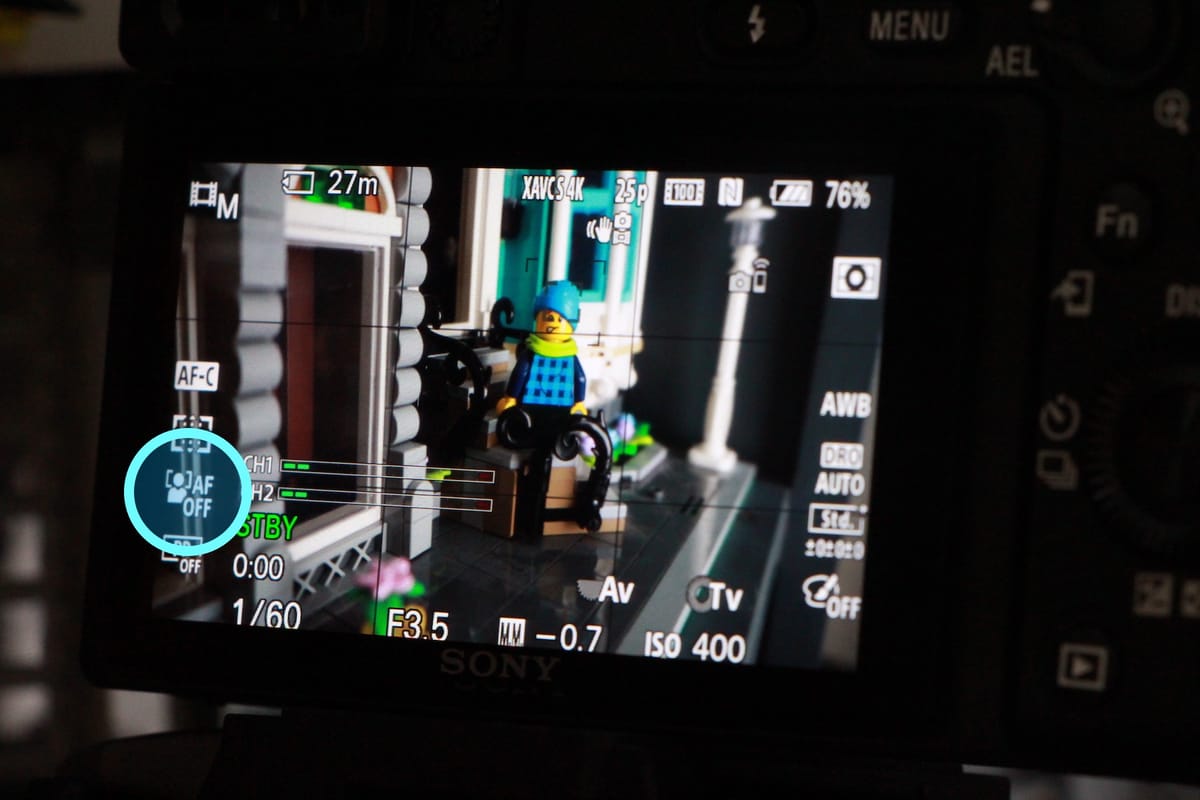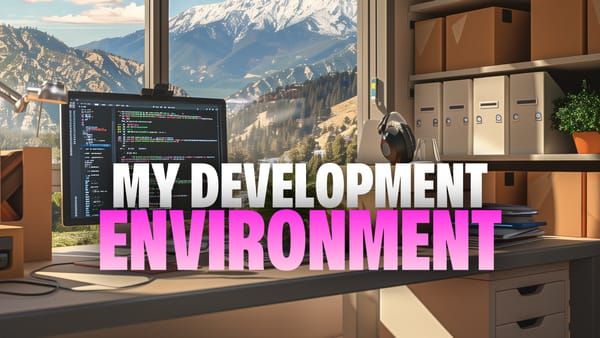Choosing a camera
In this post I’m looking at how I researched which camera to buy for my new video projects.
Written by Adam Cooke

It's a minefield out there. Choosing the right camera that could solve a few of my aims was hard work - information is plentiful but that's both a blessing and a curse. I'm not going to go into huge amounts of detail about the pros and cons of every feature on each camera I looked at but I will go through the main things that I was interested in. The cameras I was comparing were:
To compile this list I looked at the cameras used on some YouTube videos which had a similar look to that which I wanted to achieve. I also looked at some review sites to produce the shortlist. Budget played a part too - I didn't really want to be spending more than £1,200 on the body of the camera for this project.
When I started I didn't entirely know what qualities I was looking in the camera itself but, I did however, whittle my requirements down to the following:
- Auto focus ability and speed.
- Records film in at least 25 FPS 4K.
- Good range of lenses available with at least one with a wide apature (as "low" as possible but less than f2 preferred) and wide angle focal length (less than 16mm).
- Ability to stream from the camera either directly over USB or via. HDMI for periods up to an hour without overheating.
- Clean 4K HDMI output.
- 3.5mm microphone input for sound recording.
While the aim of this project is to find a camera to help me with some simple recording inside, I also wanted a camera that I could take with me when I go out - another reason why the compact mirrorless cameras appealed the most.
Quickly ruling out the Fuji X-S10
While a seemingly fantastic camera, the X-S10 did seem to suffer more than most from overheating with people claiming it would overheat both recording and streaming. I did read something to say recording time had been increased from 10 minutes to 30 minutes but as this doubt was planted I decided to rule this one out early on.
I understand that these are all small cameras and overheating when carrying out intensive work like recording 4K internally is inevitable with all of these options but the Fuji did seem to suffer more so than the other two.

Turning attention to the Canon M6 Mk2
This was the first camera that I looked at and the one I nearly just bought without much research. I already have a few EF lenses which can be connected to this with a converter so it seemed wise to stick with the Canon brand.
However, after doing a bit of research, I did discover that the M6 might not be the best - it certainly didn't feature very high up various lists online. Canon don't seem to have innovated much with this compared to some others. When comparing, for example, with the X-S10 or the A6400 you the M6 lacks behind in many areas like battery life, buffer sizes and ISO.
Another oddity about the M6 is that Canon have opted to make the viewfinder an optional accessory. I originally didn't concern myself with this with the notion that for video work I likely wouldn't use it much anyway but the more I thought about it the more I thought it would be a bit weird and potentially irritating not to have one built-in. Afterall, it's a small additional compone that's easily misplaced or buried deep in a camera bag as well as just being one extra step between getting the camera out and taking a photo.

Comparing the Sony A6400 and A6600
The first thing of note is the price difference between these two cameras. At the time of writing, the A660 is £1,250 and the A6400 is £900 but includes a 16-50mm lens.
The main benefits of the A6600 over the A6400 are an increased battery life (at the expense of some of the compact-ness) and in camera image stabilsation. I didn't really need either of these things - it'll mostly be used on my desk with power readily available and without much movement.
As I was keen to maintain portability, the weight difference (519g vs 828g) made it quite easy to rule out the A6600.
The final choice
The final choice came down between the Sony A6400 and the Canon M6 Mk2 and there really wasn't much between the two based on my research. The main things were there on all of them - great auto focus, HDMI out, streaming and 4k video.
I settled on the A6400 over the M6 for a few reasons:
- Seemingly less issues with overheating although I'm going to reserve judgement on this.
- A better selection of lenses (Sony E Mount vs. the Canon M)
- Viewfinder included in the camera.
- Cheaper (£900 vs £1,150, both including a kit lens)
- Longer listed battery life (125 minutes over 80 minutes)
There were, however, a few compromises which I had to make here:
- The rear screen assembly is a mess when trying to point the display forwards.
- The Canon has more megapixels (32.5 vs. 24.2)
- Faster burst shooting and shutter speed.
- Need to buy new set of lenses and Sony lenses are, from a cursory glance, more expensive than those for Canon.
- The Sony Imaging Edge Webcam software which allows you to connect the camera to your computer as a USB webcam is listed as being incompatible with Apple Silicon at the moment. I can stream video over HDMI if necessery and some people say it does work in OBS so time will tell about this.
Just in case, it is any use to anyone, the following resources were very helpful to me:
- Sony A6400 - Watch Before You Buy by Tech Gear Talk on YouTube
- Let's Go Behind The Scenes! by Kip Hakes on YouTube
- Should you buy the Sony a6400 in 2021 on YouTube
- Sony A6000 vs A6100 vs A6300 vs A6400 vs A6500 vs A6600: A Buying Guide on YouTube
- Imaging Resource's Camera Comparison
I'm writing this post the morning before the camera actually arrives - Amazon will hopefully do their thing and it'll be here in a few hours. My next post will be about setting up the camera, learning about how it works and some of the extra bits I bought with it.
Some other recent posts

My development environment
In this video I'm taking a quick look at my development environment. Looking at code editor, terminal, databases, containers, web servers and more.

A quick intro to service classes
To get things started, in this video I'm looking at how service classes are used in the application. Service classes form the basis for much of the logic within this app so it's a good place to start

I'm building an app hosting platform
I'm building a app hosting platform and in this video I'm going to introduce you to the project and show you what I've got so far.

